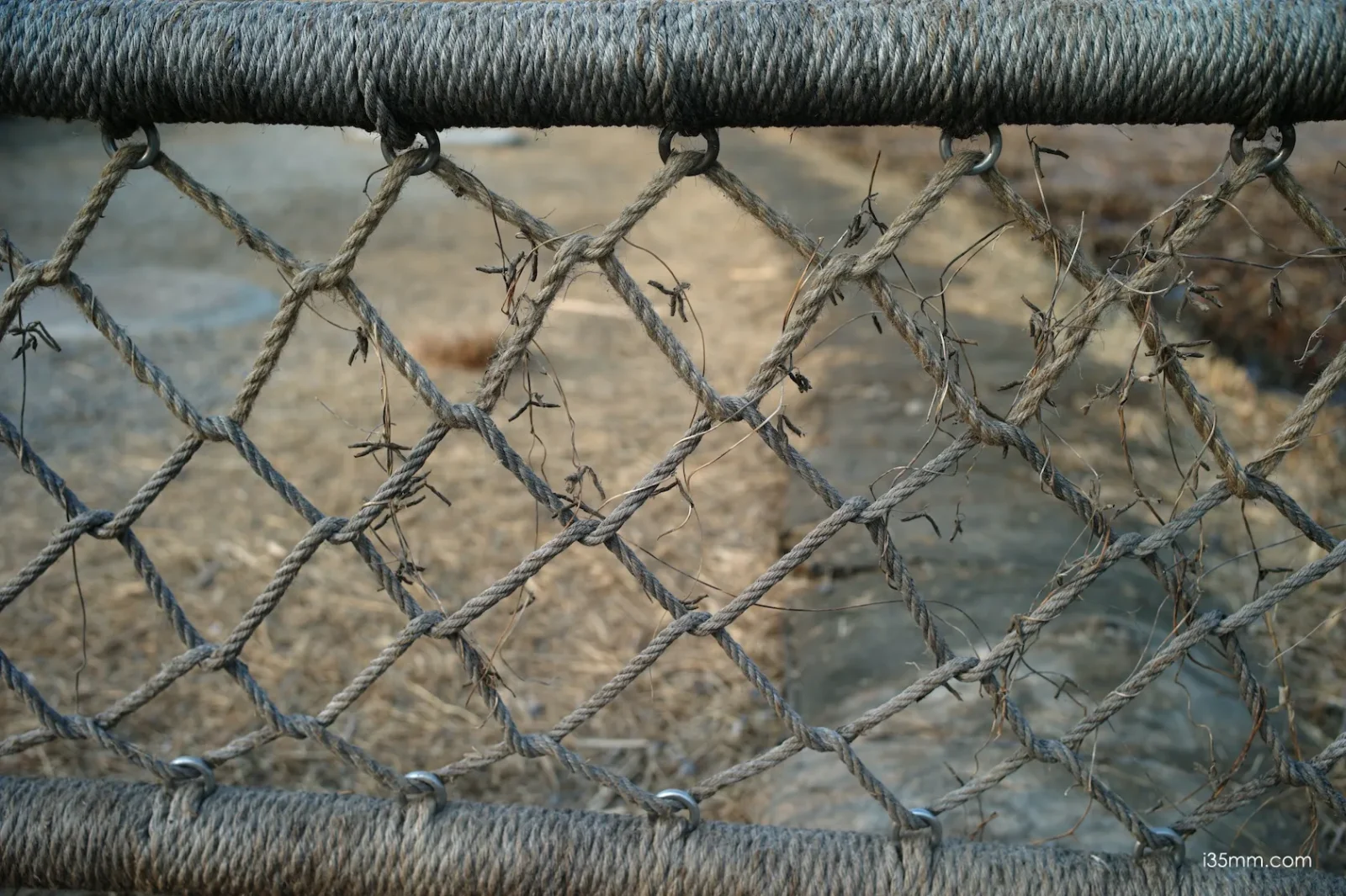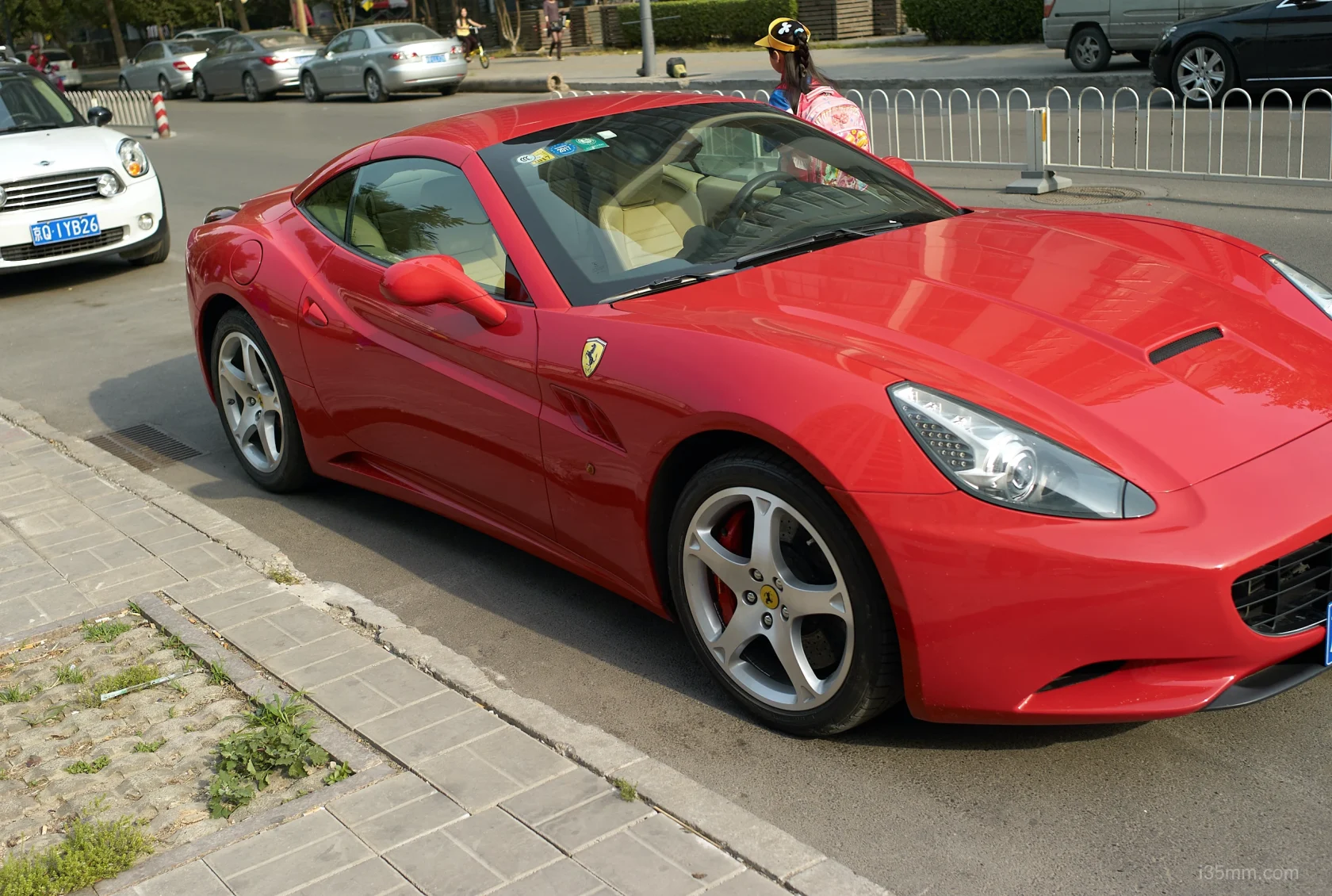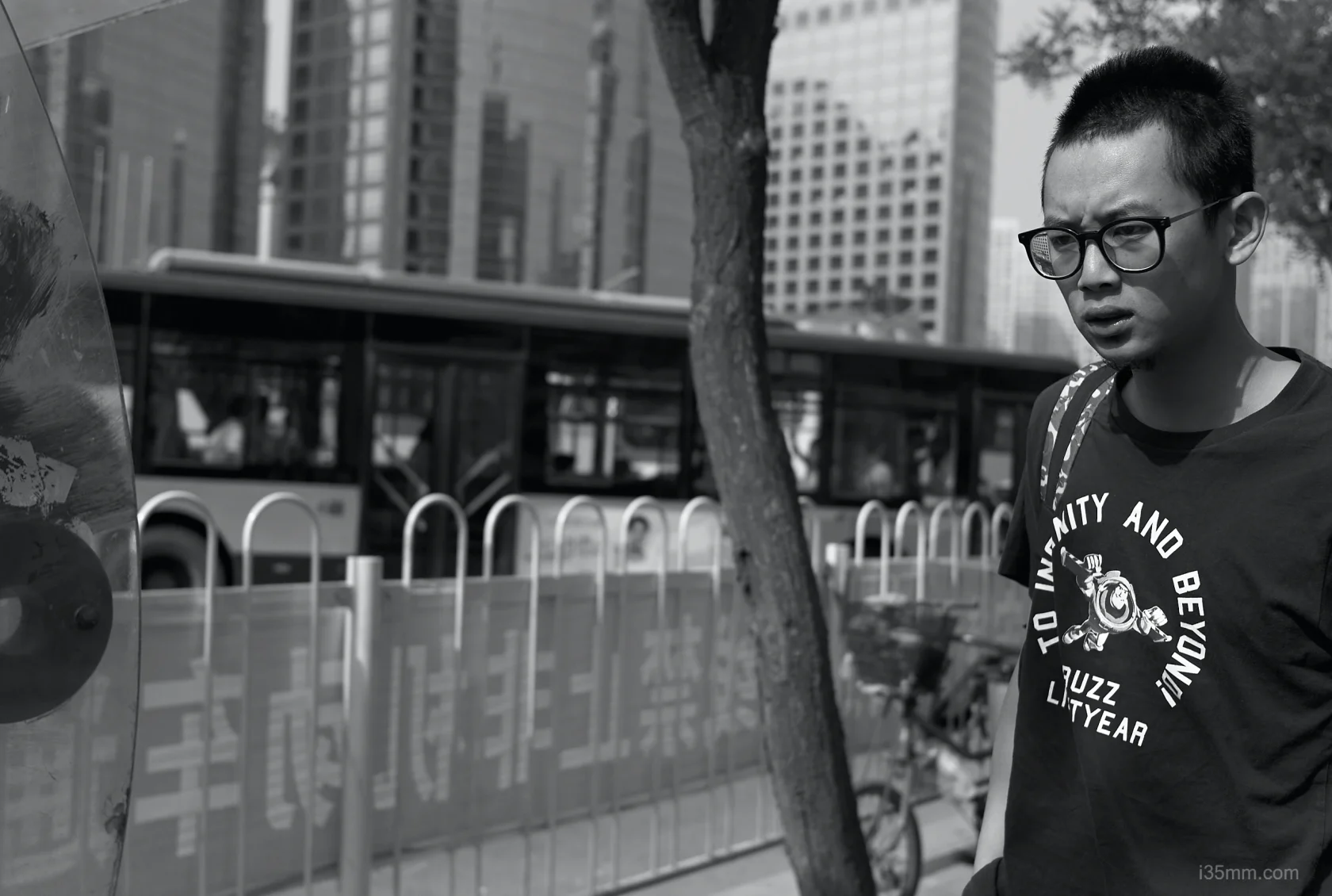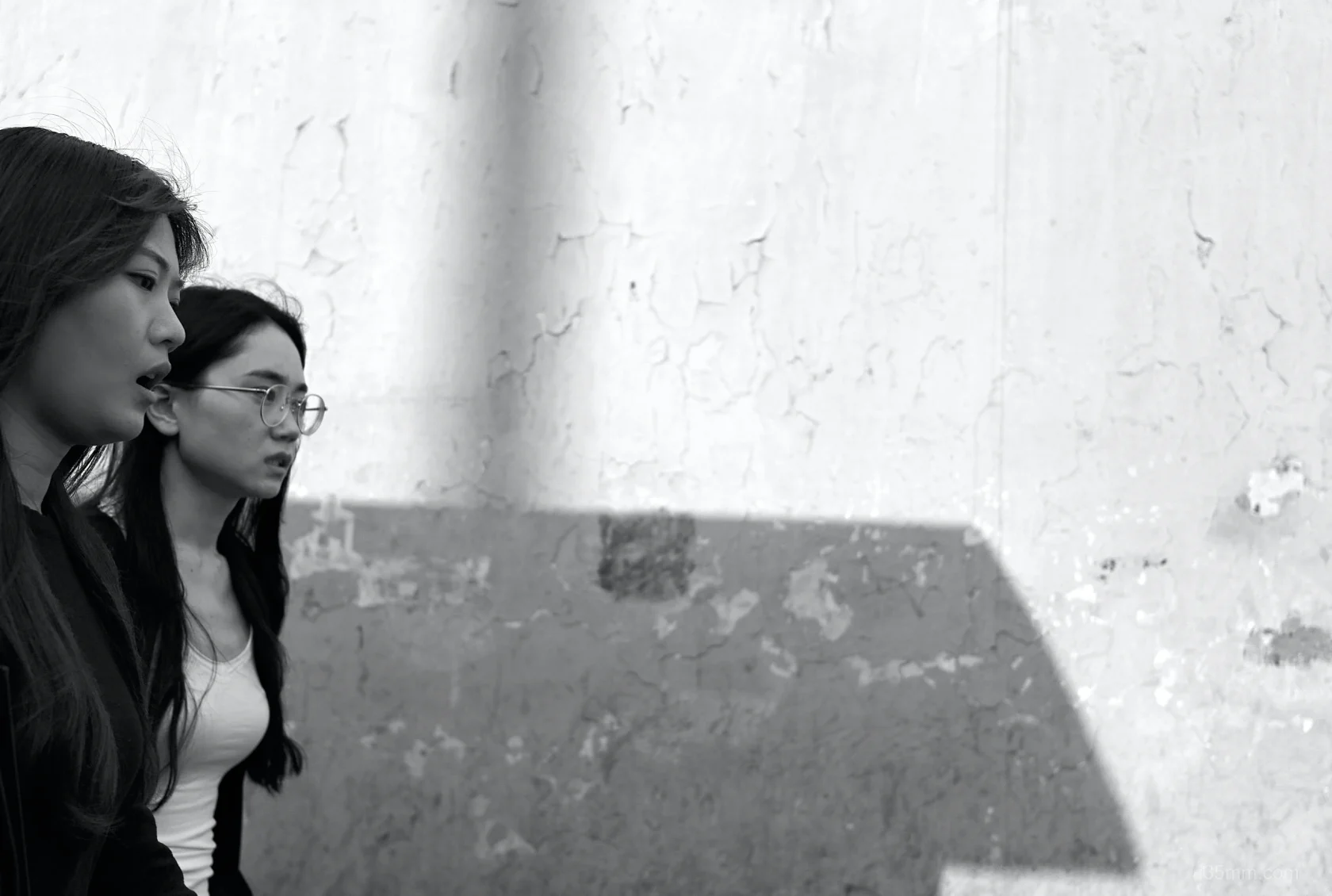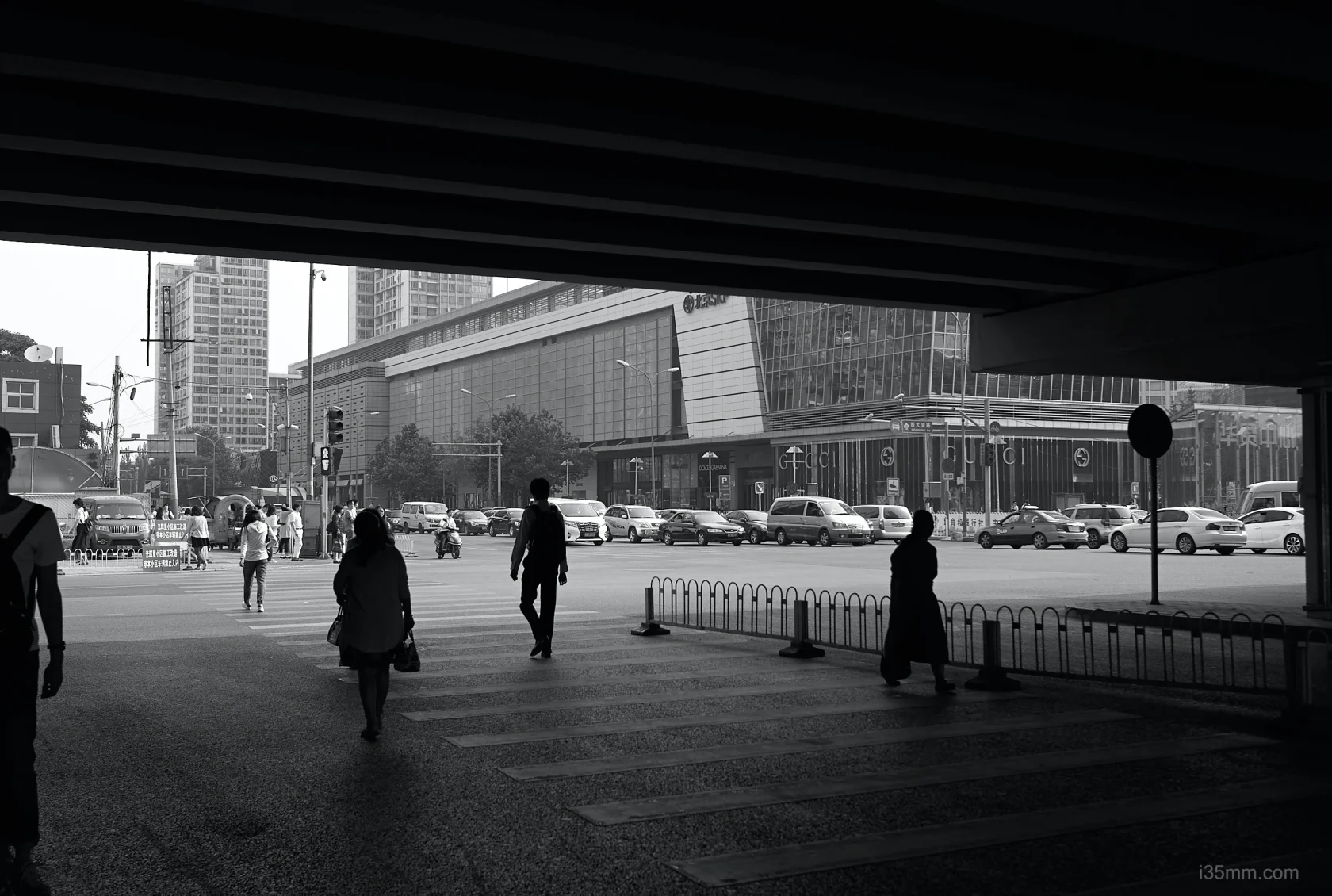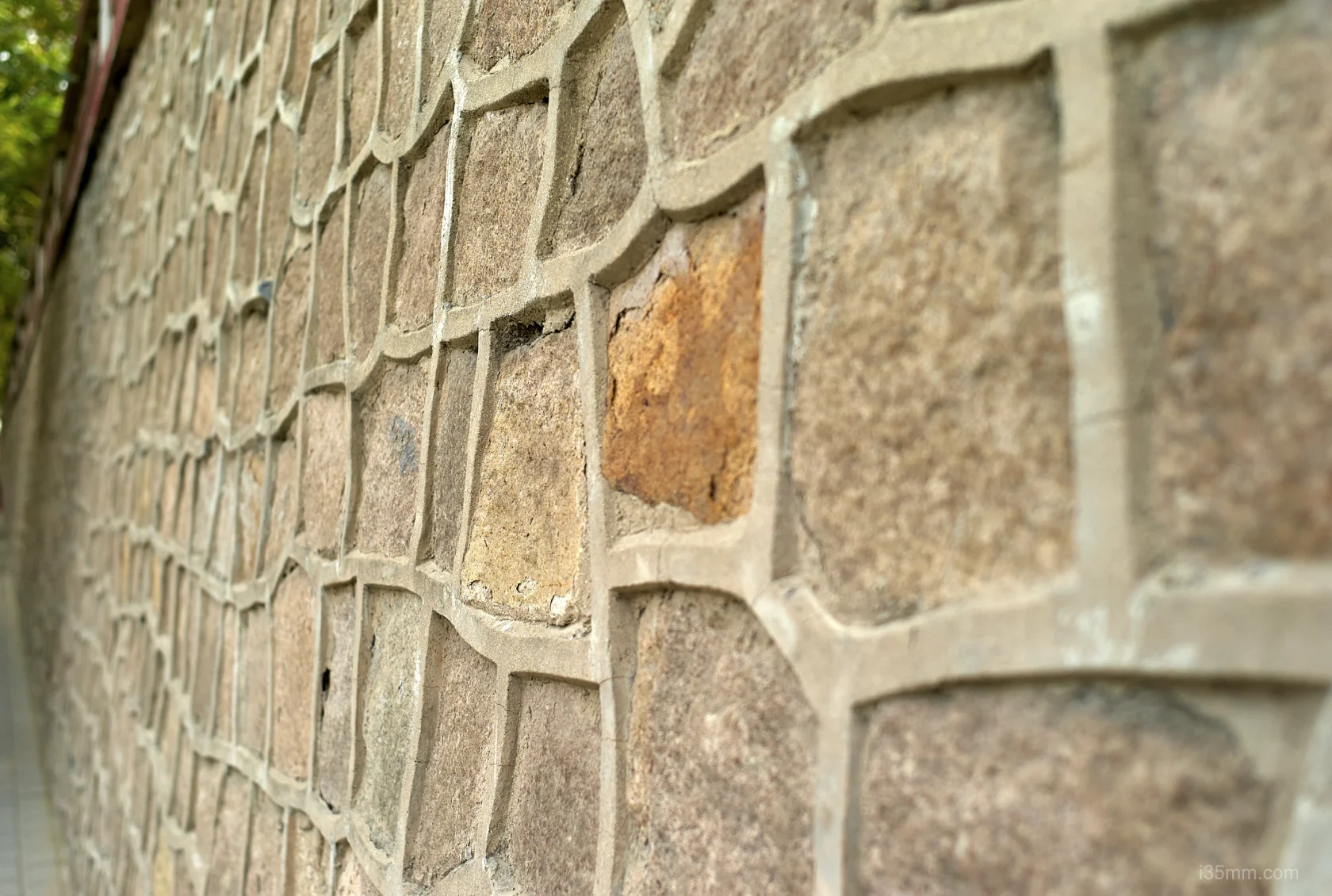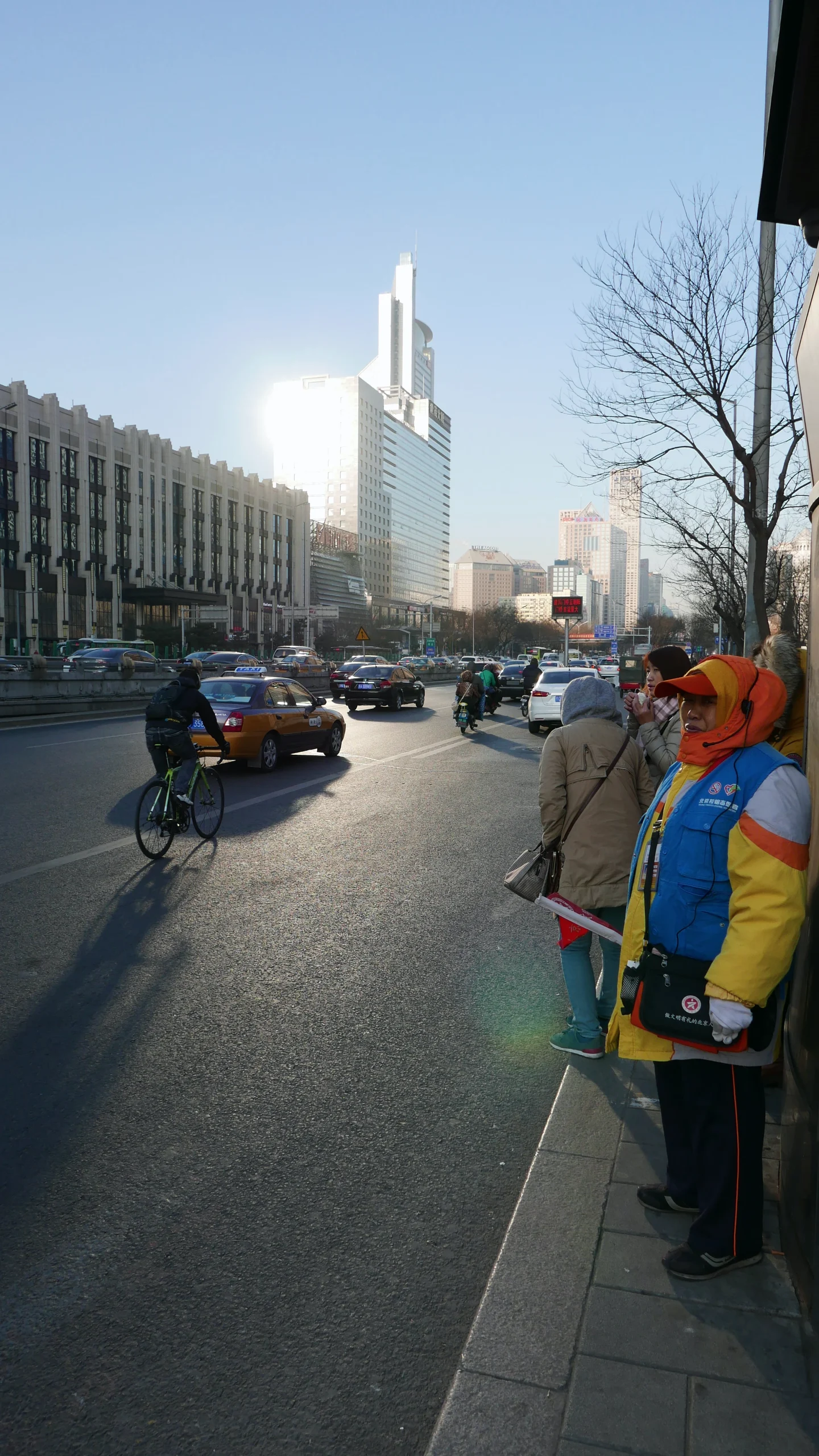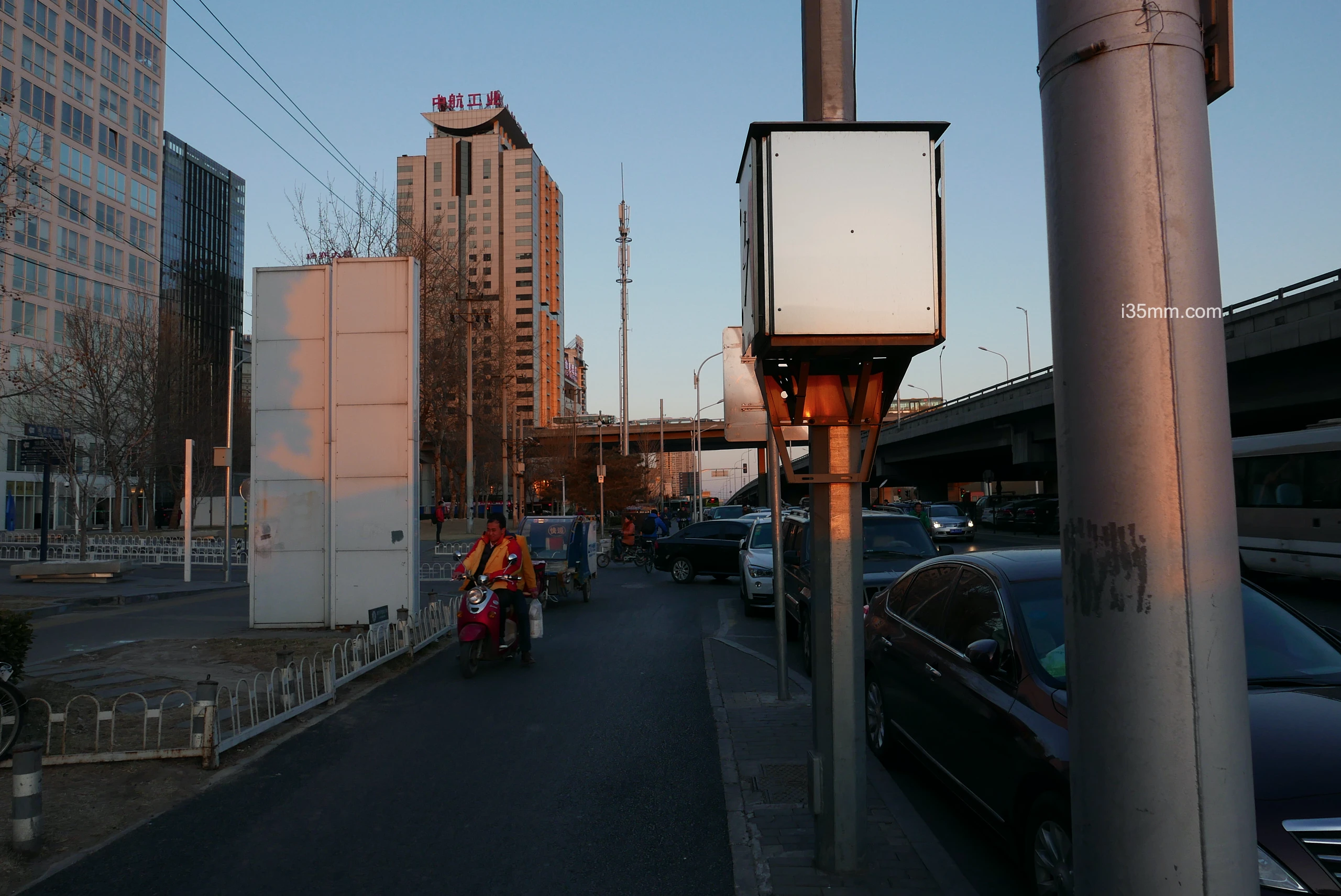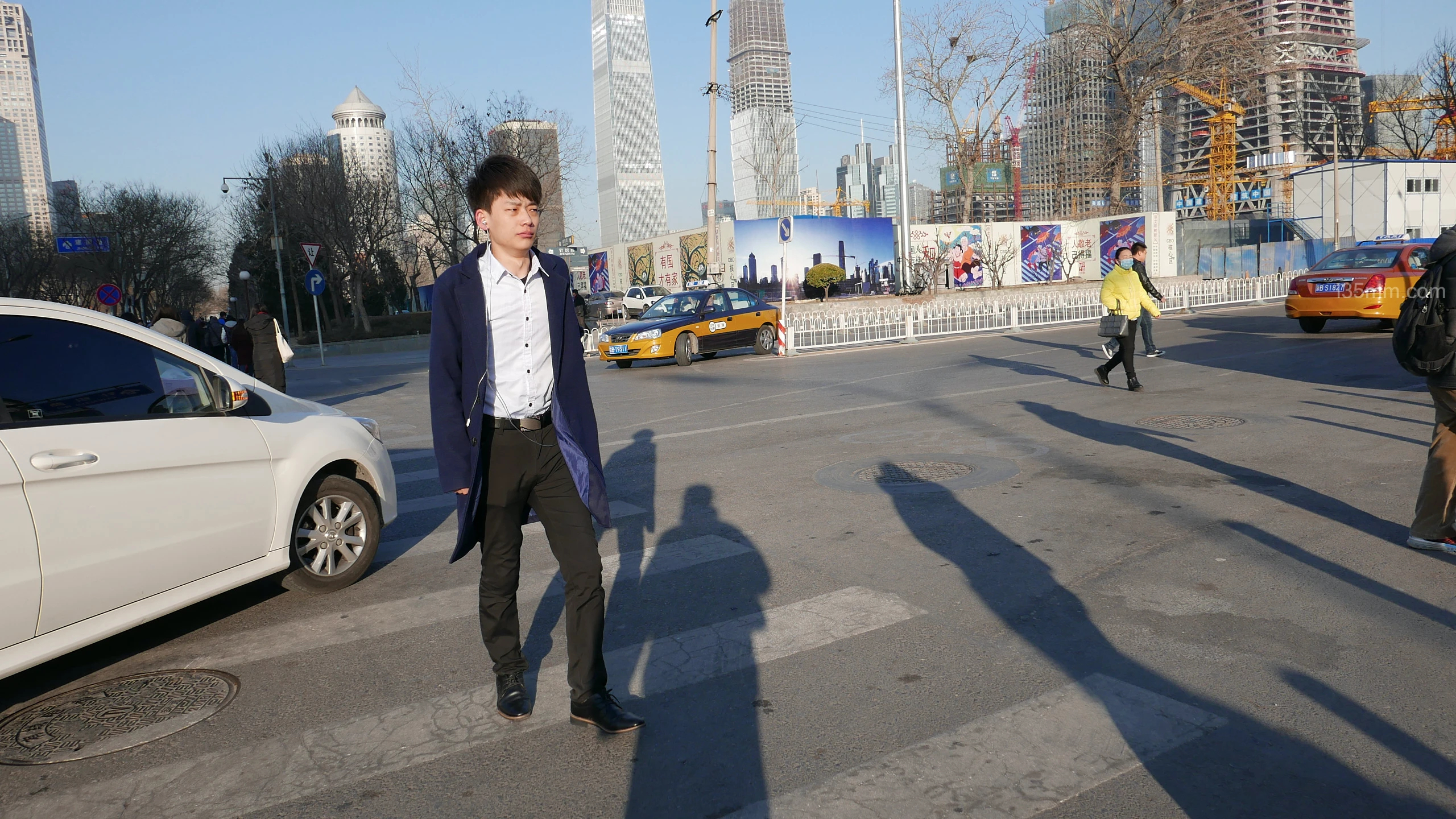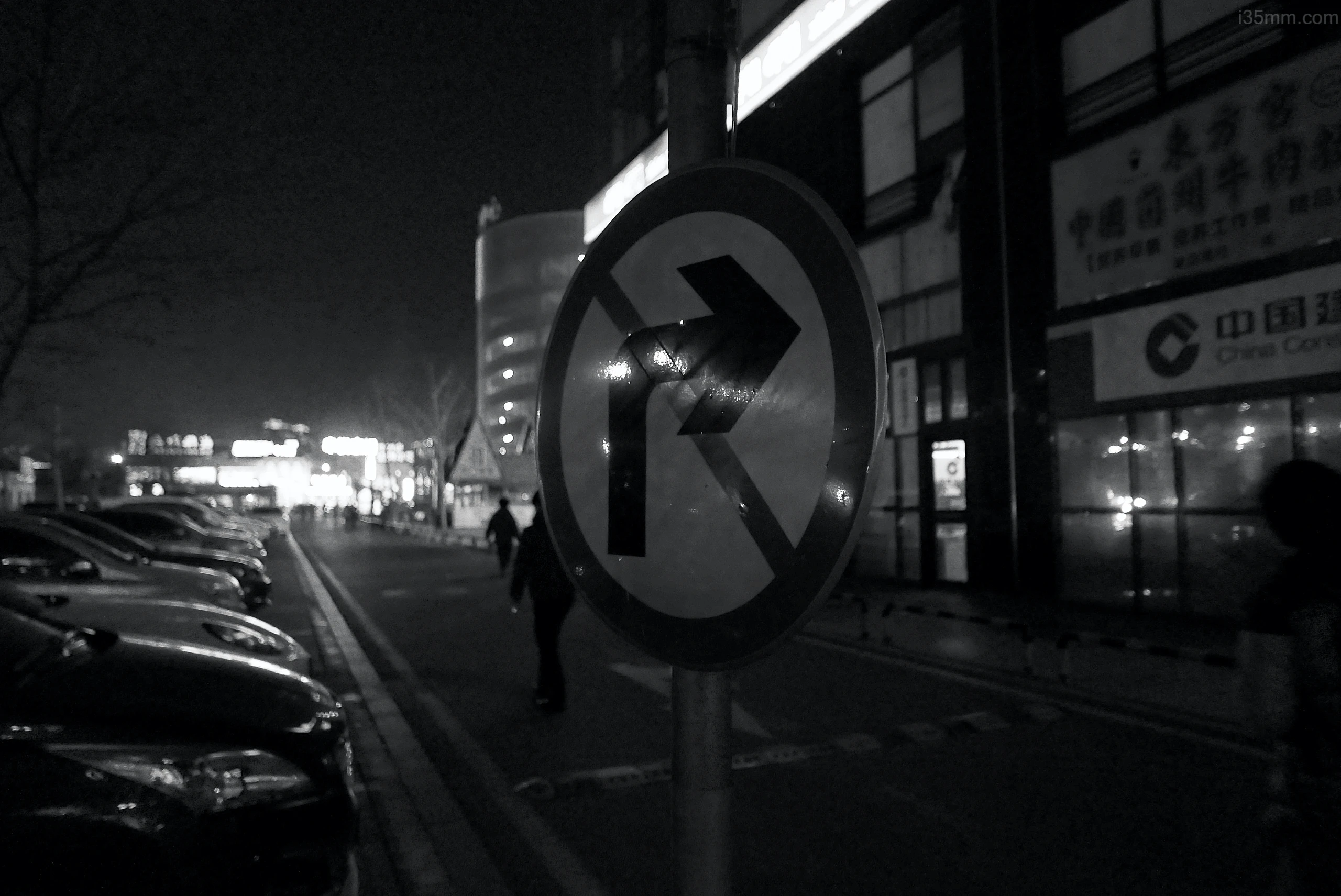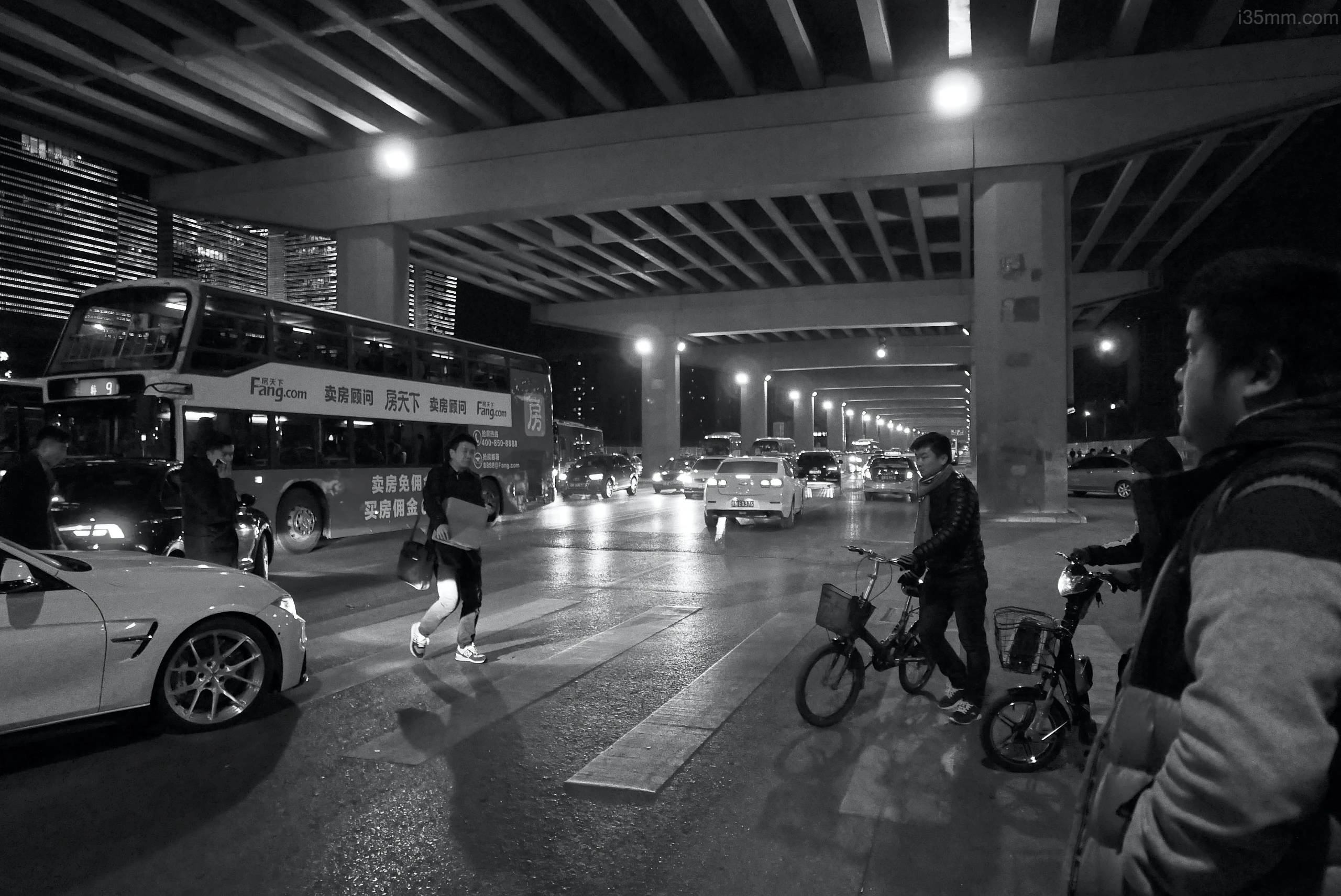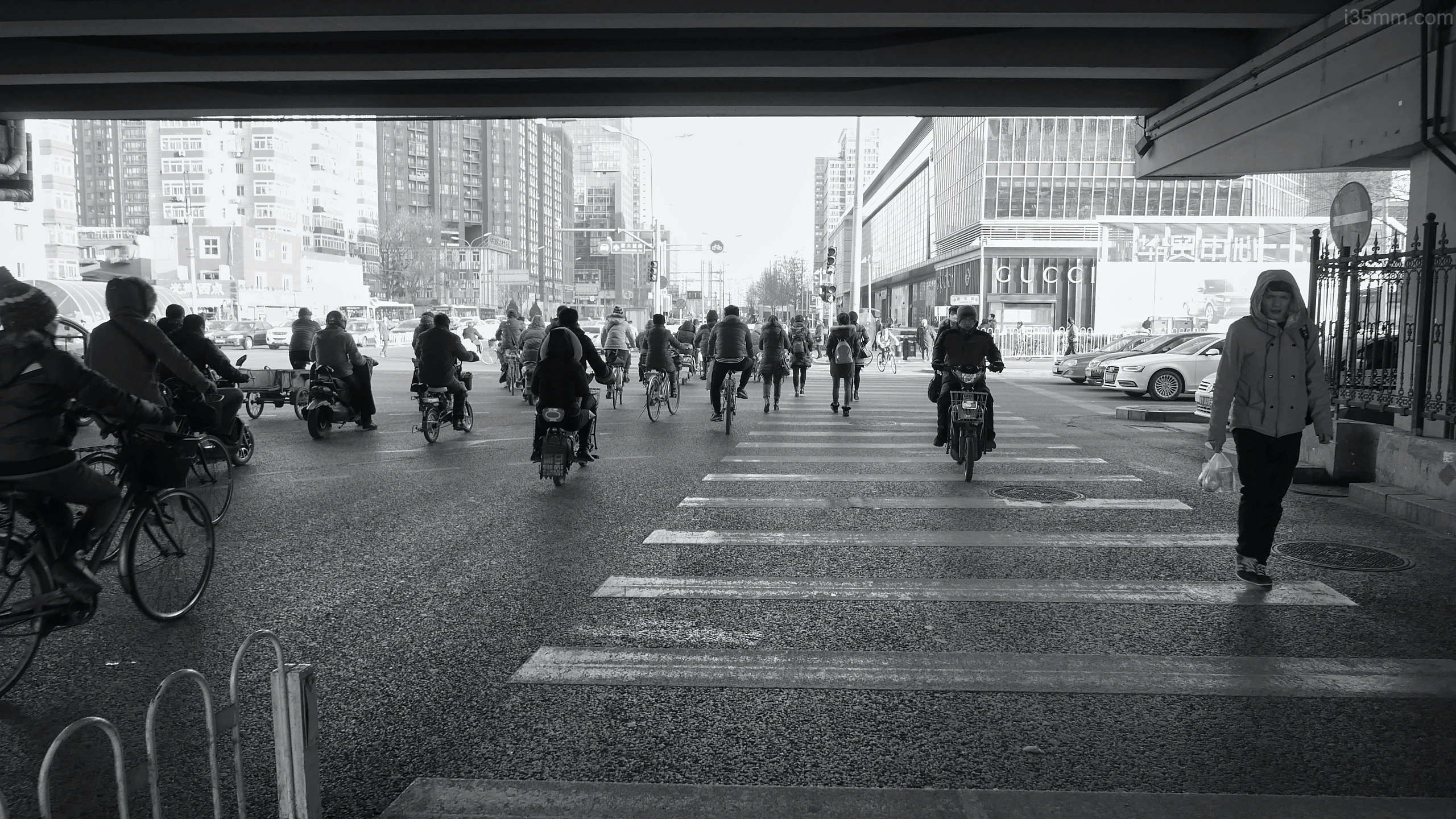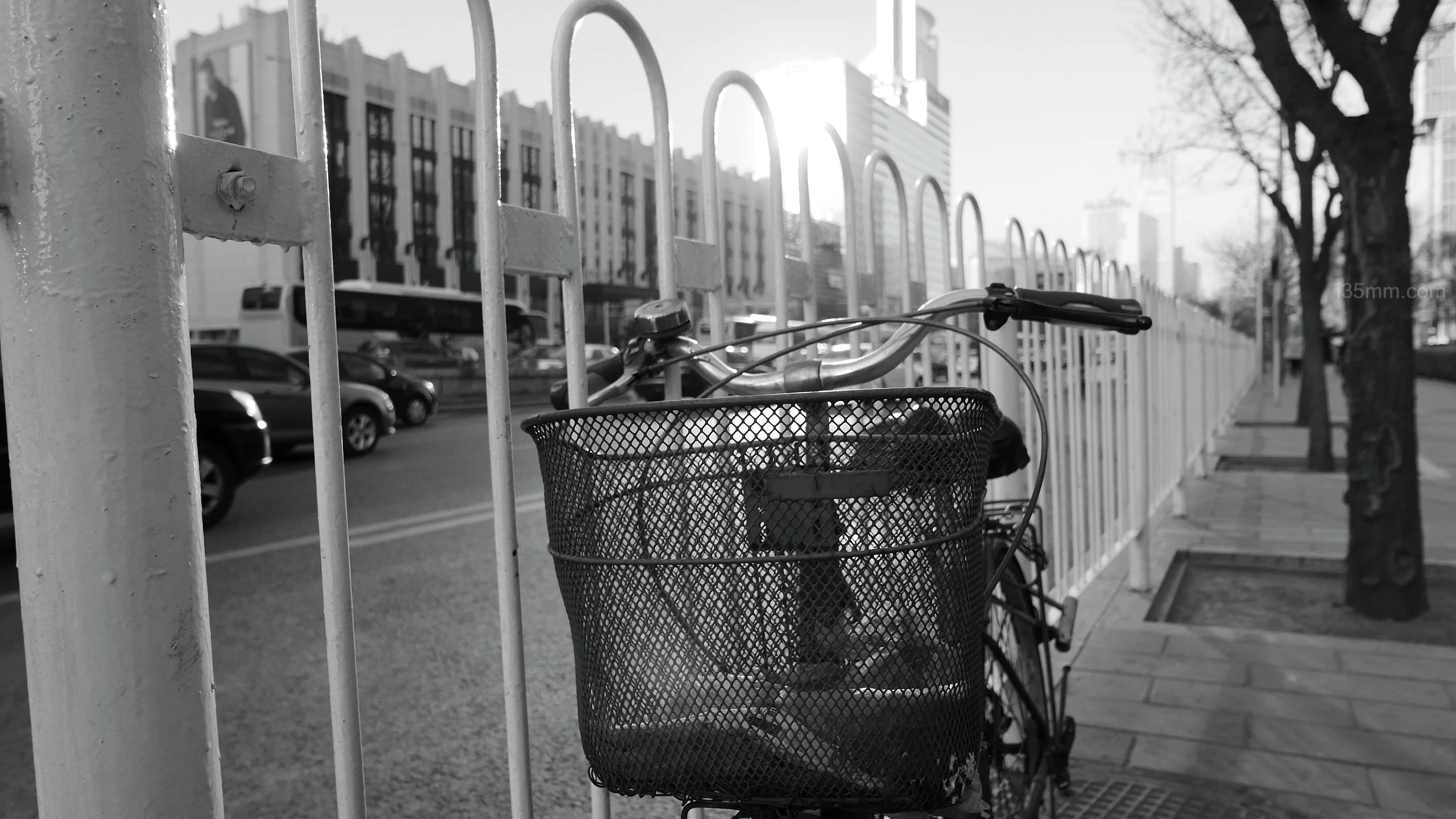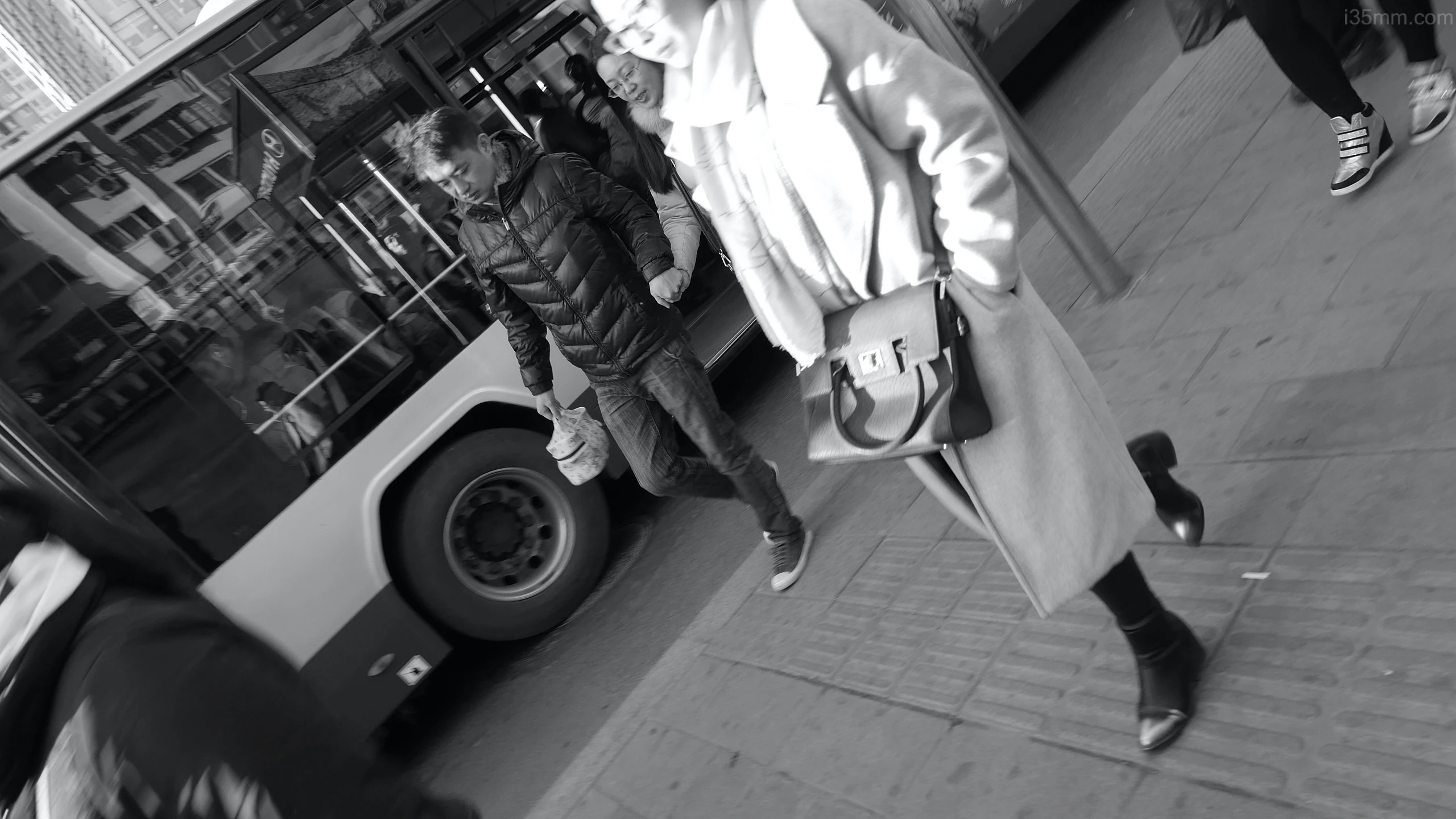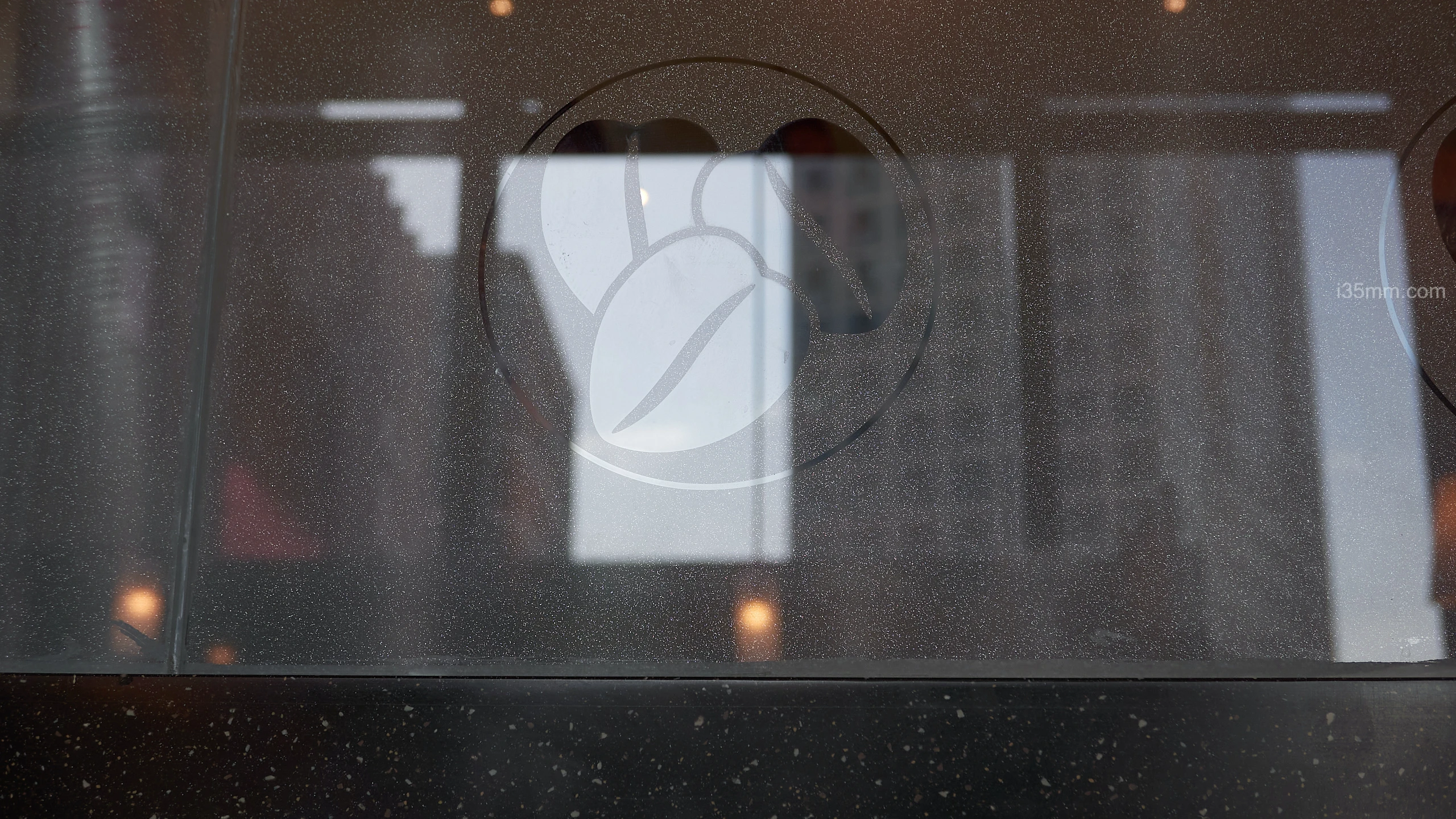Prologue: The Hollywood Icon
If Leica’s lens lineup were the Oscars, the Summilux-M 35mm f/1.4 ASPH would be Meryl Streep—beloved, flawless, and eternally relevant. Priced between 4,500–4,500–7,000 (2025 USD), this 340g aluminum-and-glass virtuoso is the Rolex Daytona of optics: precise, luxurious, and engineered to outlive trends. Mount it on an M10-P, and you’re not just shooting—you’re directing a cinematic masterpiece.







Design: Bauhaus Meets Bullet Train
- Sleek & Stealthy
- Body: Anodized black aluminum (or chrome brass for silver versions)—slimmer than a James Bond tuxedo, tougher than a Swiss Army knife.
- Hood Drama: The screw-in hood clicks like a vault door—no accidental detachments mid-shoot.
- Generational Evolution
- V1 (1990–1998): The “Double ASPH” unicorn—hand-polished elements, collector crack.
- V2 (1998–2010): Streamlined for mass appeal—think Beatles transitioning from leather jackets to suits.
- V3 (2010–present): Floating element wizardry—sharpness so clinical, it could perform surgery.
Optical Alchemy: The F/1.4 Sorcery
| Aspect | Summilux 35mm ASPH | Zeiss Distagon 35mm f/1.4 |
|---|---|---|
| Sharpness | Samurai sword at f/1.4 | Chainsaw at f/2.8 |
| Bokeh | Monet’s water lilies | Polyester bedsheets |
| Contrast | Ansel Adams’ zone system | Instagram filter |
| Soul | 🎻🎻🎻🎻🎻 | 🎧 |
- f/1.4 Wide Open: Skin tones glow like candlelit marble—flaws softened, humanity amplified.
- Stopped Down: At f/5.6, microcontrast rivals Hubble telescope shots—every brick, leaf, and wrinkle pops.
The “Two Truths”
- Versatility King: Shoot a dimly lit jazz club at f/1.4, then a sunlit landscape at f/8—no quality drop, just magic.
- Flare Resistance: Backlit? It laughs at the sun—no veiling glare, just golden halos worthy of a Renaissance painting.
Who Needs This Lens?
✓ Portrait Poets: Who believe eyes > autofocus motors
✓ Film Noir Addicts: Chasing shadows in dim alleys
✓ Contrarians: Who’d choose a Leica over a Tesla
Avoid If: You pixel-peep for flaws or think “vintage” means “cheap.”
The “Double ASPH” Paradox
Leica’s 1990s Double ASPH version (11873) is the Holy Grail—hand-polished elements, mythical rarity, and a price tag rivaling a small yacht. But beware: its quirks (focus shift, collector premiums) make it the James Dean of lenses—iconic, flawed, and gone too soon.
Final Verdict: The Unkillable Classic
The Summilux 35mm ASPH isn’t just a lens—it’s a lifelong companion. For the price of a week in Bora Bora, you gain:
- Proof that “perfection” can coexist with character
- Permission to ignore gear forums and just shoot
Rating:
🎞️🎞️🎞️🎞️🎞️ (film alchemists) | 📱📱🤍🤍🤍 (zoombies)
“A lens that whispers: ‘Perfection isn’t a destination—it’s the journey.’”
Pro Tips:
- Film Pairing: Kodak Portra 400—its creamy tones harmonize with the lens’ oil-painting bokeh.
- Digital Hack: Add +10 “grain” in Lightroom—flaws become art.
- Zen Mantra: “Sharpness is overrated—emotion isn’t.”
Epilogue: The Lens of No Regrets
Leica’s Summilux 35mm f/1.4 ASPH scoffs at shortcuts, whispering: “Greatness isn’t found in specs—it’s felt in the heart.” Like a Tang dynasty poem, its beauty lies in balance, not brute force. Now go frame your story—one click at a time. 📸






